The Power Shift from Midwives to Pracitioners
Overmedicalized or Undermedicalized?
Over the past two centuries, women have been subjected to different drugs and treatments, even in straightforward pregnancies. The introduction of chloroform in 1886 and the growing popularity of forceps and caesarean sections led to increased interventions which were often unnecessary and fatal. By 1906, many believed that normal deliveries were impossible for ‘civilized’ women which further supported the unnecessary treatments. The mortality rate by 1935 was equal to what it was in the 1800s. Some obstetricians stressed the need for sterilization, patience, and minimal interference which provoked a hostile response from the majority, who saw this as impractical.
“I use chloroform and forceps in every possible case and have done so for many years. The whole procedure occupies from 15 to 40 minutes, according to the difficulty of the case.” - Obstetrician
The power shift from midwives to medical men was integral to the history of childbirth and raised questions on when medical intervention is necessary
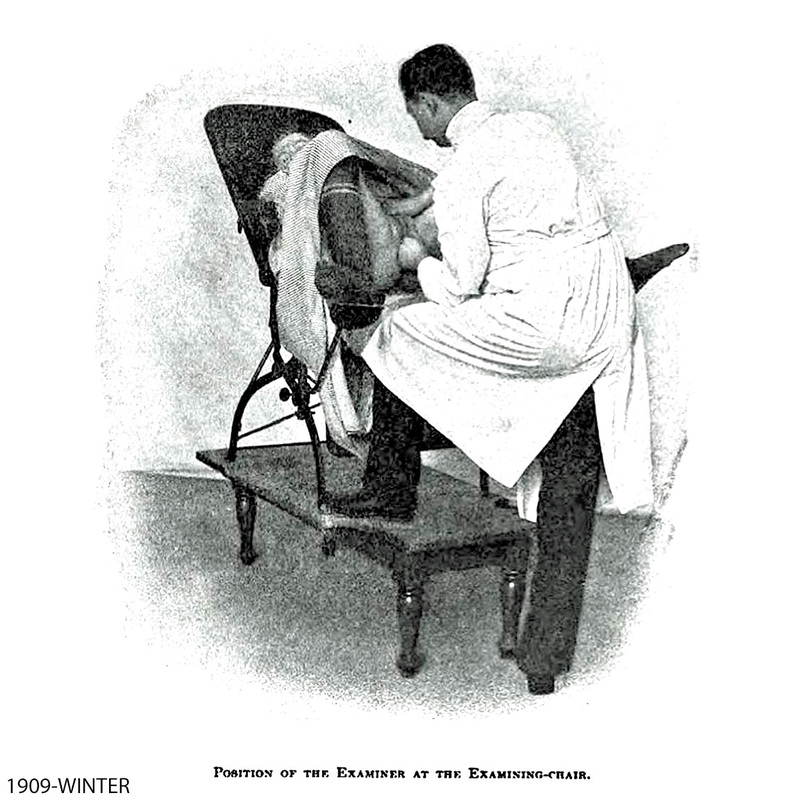
Examining Chair, 1909 ( History of OBGYN)
Marginalization Transforms Childbirth
As male obstetricians began dominating childbirth, the role of women and midwives dramatically shifted, reflecting the changing power dynamics. The historic upright birthing stool was replaced by the lithotomy position, a position that limited a woman's agency. Between 1800 and 1900, obstetricians developed various instruments such as the Membrane Perforator, Cervical Dilator, and De Ribes Bag to accelerate labor. These tools were used practically every time and emphasized the changed responsibilities in childbirth and how male dominance in midwifery led to the diminishment of traditional methods.
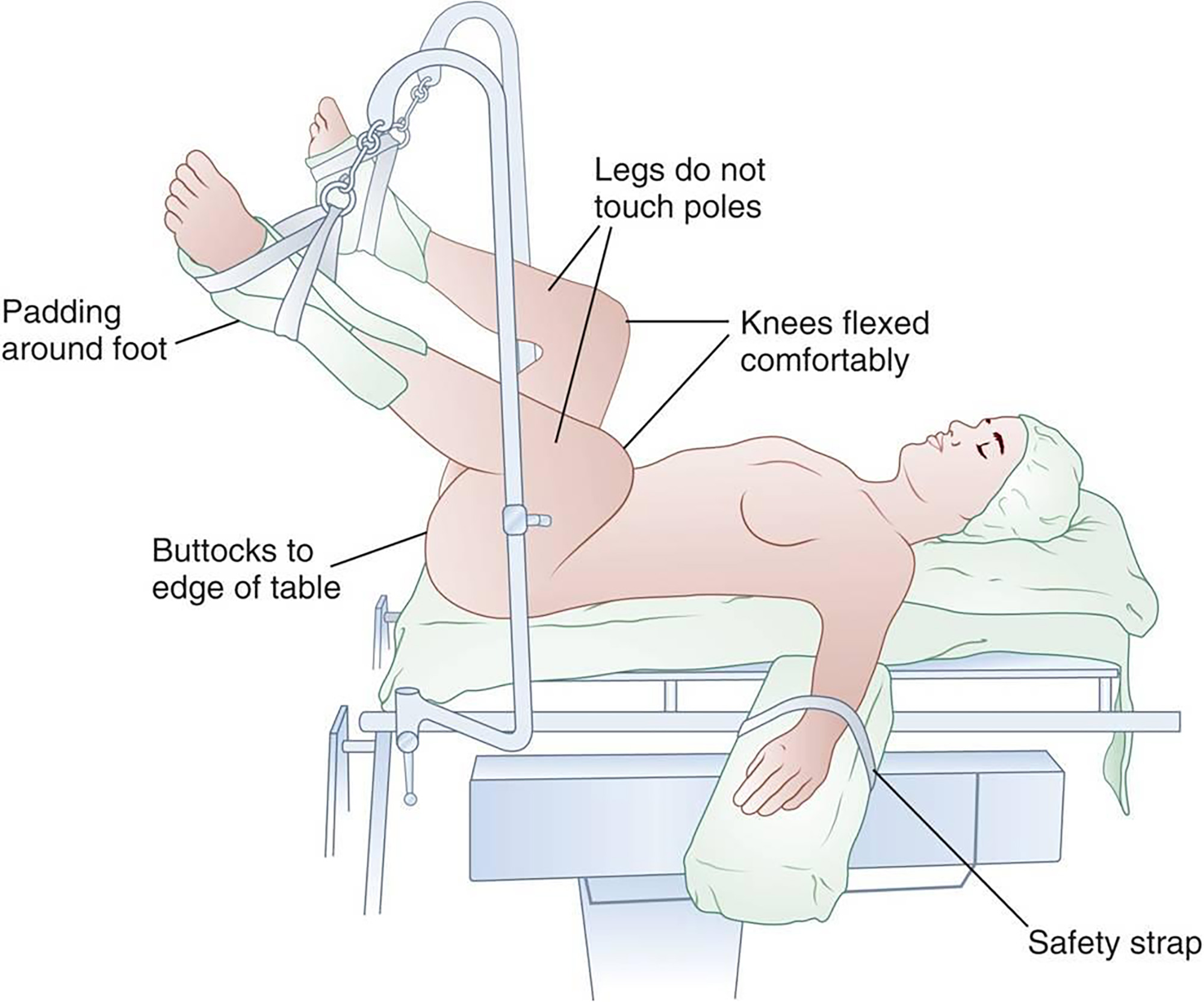
Lithotomy Position (Storm Anesthesia)
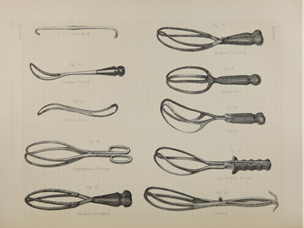
Forceps, 1864 ( the Old Operating Theatre)

Membrane Perforator ( the Old Operating Theatre)

Cervial Dilator ( the Old Operating Theatre)
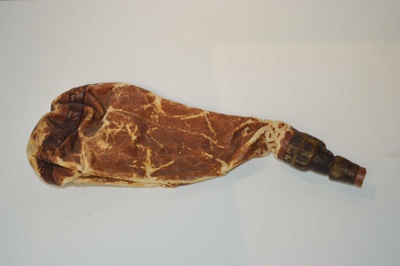
De Ribes Bag ( the Old Operating Theatre)
The Supporting Role
As the initial traditional and community based practice became medicalized, in turn, there has been an erosion in midwife skills globally. Although the 1902 Act took great strides in formalizing midwifery and gave them a level of professionalism in the medical community, it also prevented midwives from moving up in the medical world which further restricted their rights and shifted their responsibilities.
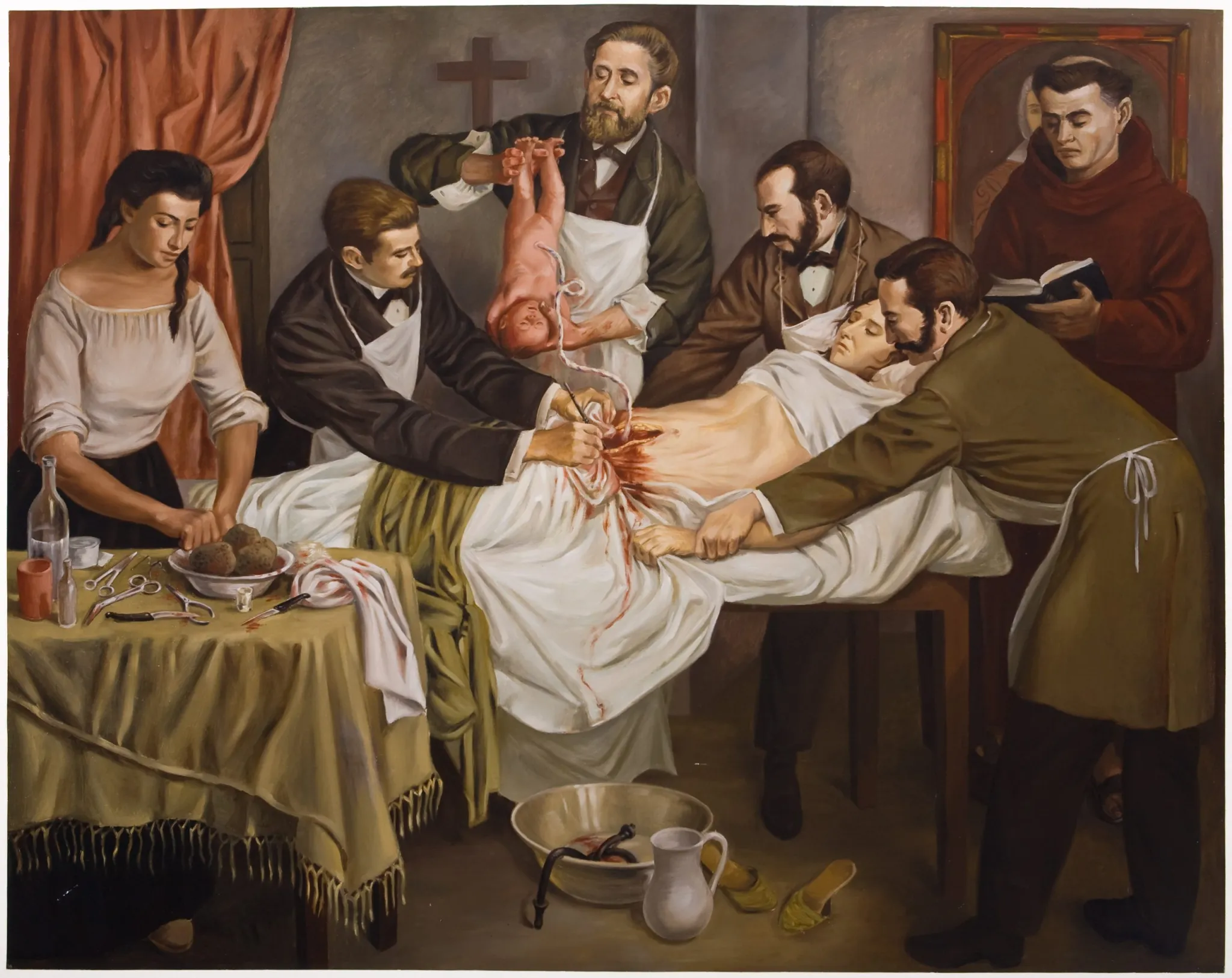
First Cesarean Section, 1844 (International Museum of Surgical Science)